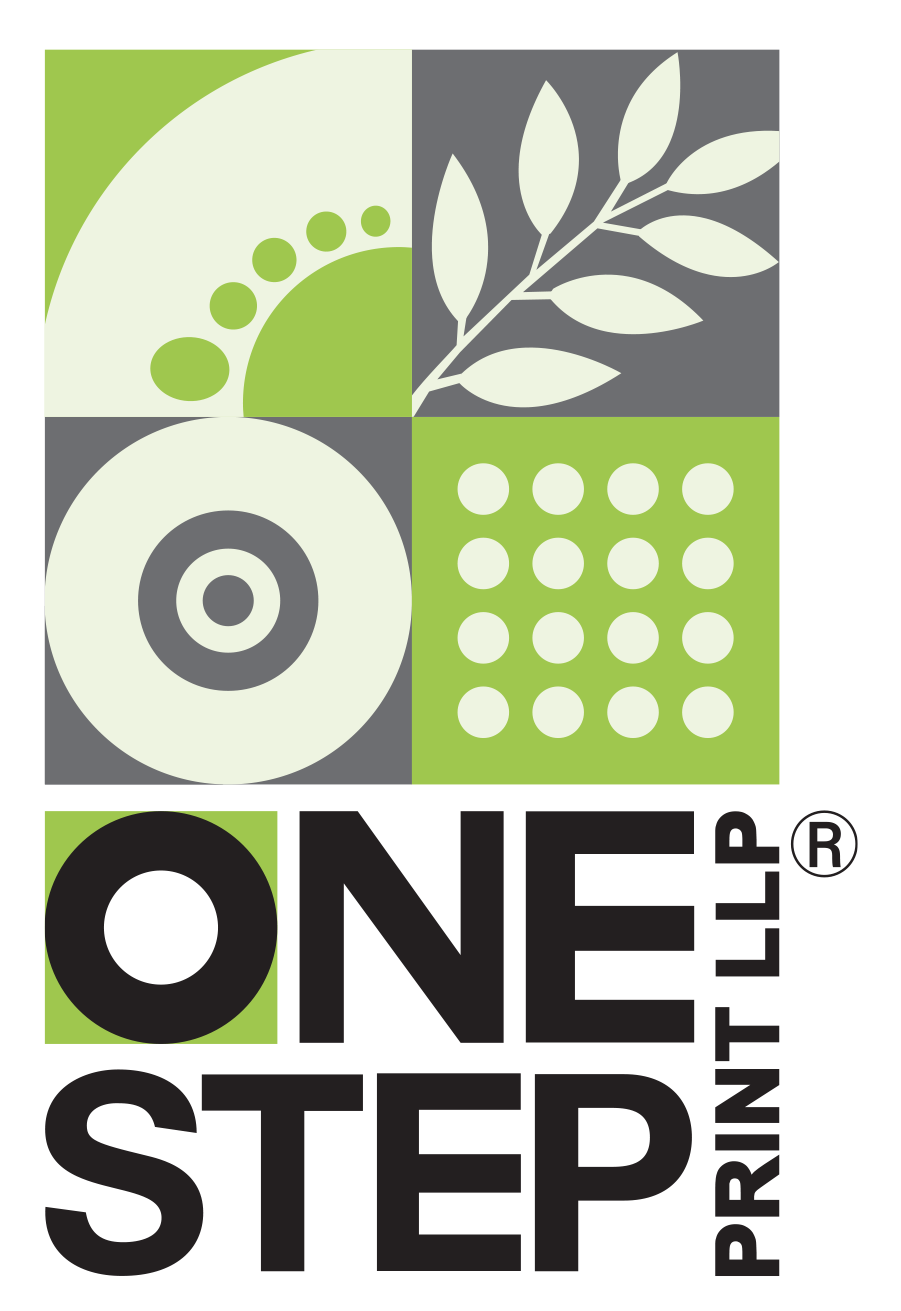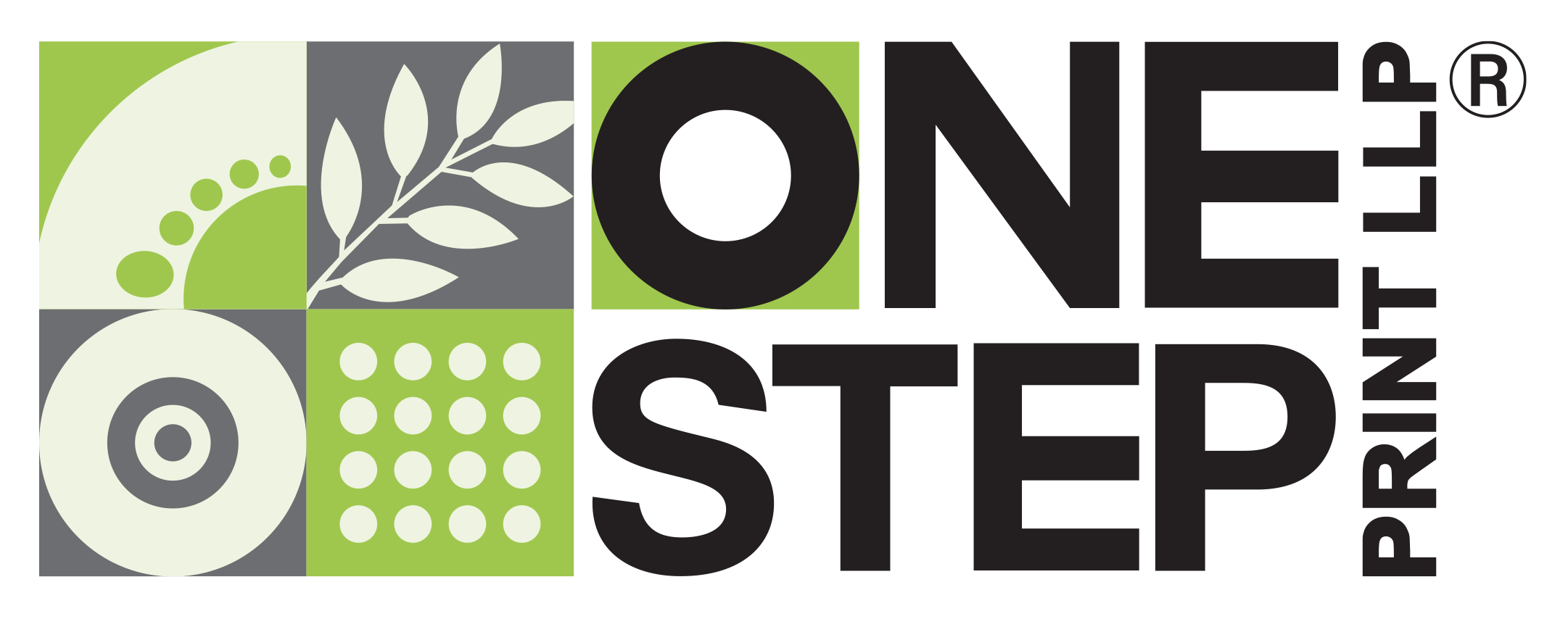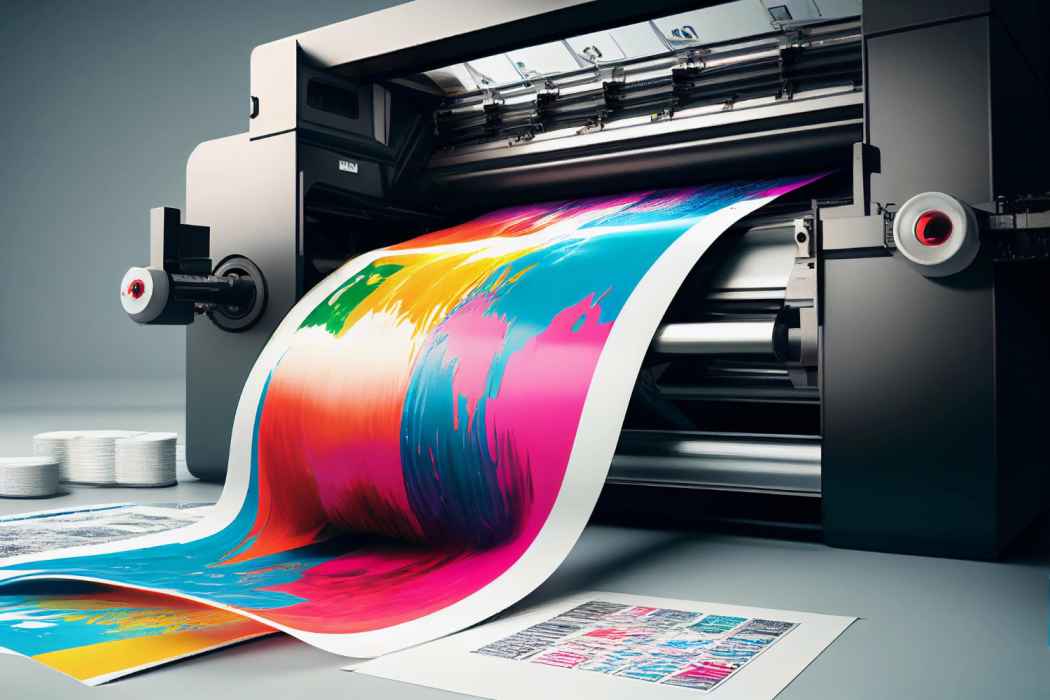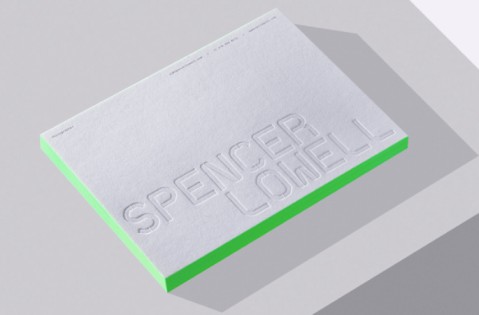COATED VS. UNCOATED CARD STOCK - WHICH SHOULD YOU CHOOSE?

Choosing the right paper for printing can be tricky if you’re not familiar with different types. One common question we get is: should I use coated or uncoated card stock for my print design? Or should I go with glossy or matte business cards? There are many options to consider.
Coated and uncoated card stocks may look similar at first glance, but they differ in how ink interacts with the paper. Coated stocks have an extra layer that makes them smoother and less absorbent. You don’t need to be a paper expert to understand it. To help you decide, we’ve put together a simple guide explaining the differences between coated and uncoated paper stocks.
Coated Paper Stock
Coated paper comes in matte or glossy finishes, known for its smooth texture and sometimes high shine. It enhances the brightness of colors in your prints and offers durability against water, dirt, and wear, keeping your materials looking professional for longer compared to uncoated stock.
The key benefit of coated paper is its ability to retain vibrant colors because it absorbs less ink than uncoated paper, resulting in sharper images. This makes it ideal for those who prioritize sharp and crisp visuals, such as photographers, restaurants, designers, and artists.
Beyond matte and gloss, specialty options like silk and velvet finishes are available. For instance, pictured below is a business card featuring a velvet finish, demonstrating how a simple design can elevate your branding.

Coated paper can be hard to write on, so jotting down notes directly on printed pieces might be tricky. If glare bothers you, go for matte coated stock—it’s less reflective than high gloss.
Uncoated Paper Stock
Uncoated paper isn’t as smooth as coated paper because it absorbs ink into its surface. It’s commonly used for printing elegant items like envelopes and business letterheads. Uncoated business cards are easy to write on with pens or pencils, making them perfect for appointment cards.
Examples of where you might use uncoated paper include real estate brochures, business stationery, restaurant menus, school bookmarks, and college booklets.
It’s important to note that colors appear differently on uncoated paper compared to coated paper. They can look darker, and images may not be as sharp. A general rule is that thicker paper absorbs more ink, leading to less sharp images.
When you want to create printed materials with special effects like foil stamping, uncoated paper enhances the contrast and makes the foil stand out more.

Because ink is absorbed into the paper instead of sitting on top of it, uncoated stock is ideal for printing forms and materials that need to be written on. This makes it perfect for applications like forms, letterheads, and any printed items where you may need to write with a pen or pencil.
What About UV or Spot Coating?
It’s common to mix up “coating” with “coated paper stocks,” but there’s a distinction. Coated paper stocks are made with coated surfaces during manufacturing, while UV or spot coated products have a special coating applied after printing using specialized equipment. We can only apply Spot UV on coated stocks.

If you’re unsure about which paper is best for your project, we’re here to help. You can contact us by filling out the contact form or scheduling an appointment by selecting a time slot.
We’ll gladly discuss your needs and guide you to the right paper choice.
If you’d like to see samples before making a decision, you can request them as well. Contact us to bring your vision to life.
[Bulk Printing, Offset Printing, Commercial Printing, Printing Partner, Printing Service Provider, Printing Solutions, Printers For Corporates, Professional Printing, One Step Print LLP, Offset printer for bulk Printing, Printer Nearby, Coated Vs Uncoated Paper, Glossy Vs Matte Finish, Printing Benefits, Ink Absorption, Specialty Finishes, Paper For Business Cards, Brochures, Forms, Letterheads, Special Effects In Printing, Choosing Paper, Difference Between Coated And Uncoated Stock, Uses Of Uncoated Paper, Writing On Uncoated Paper, Importance Of Paper In Printing]








